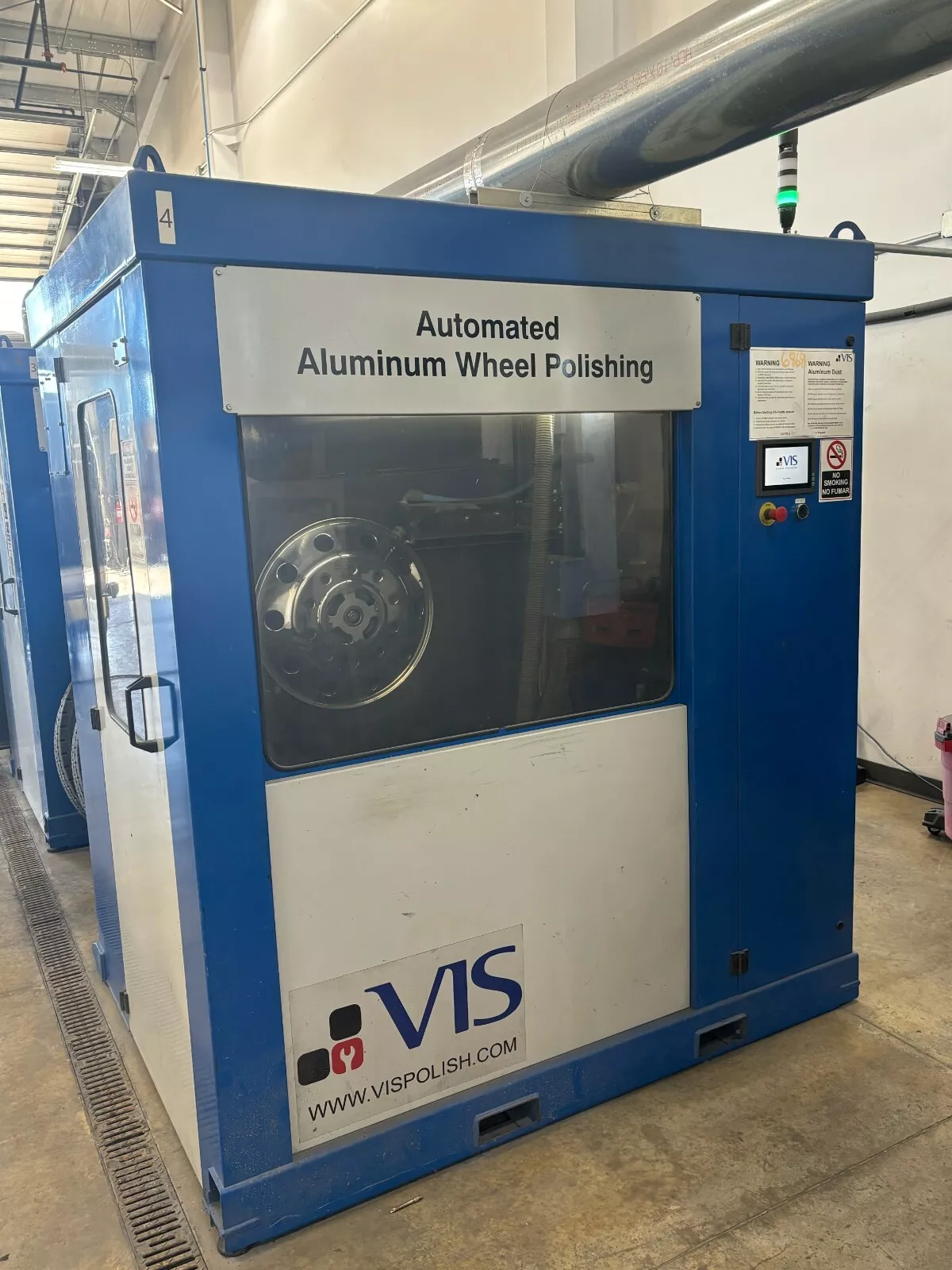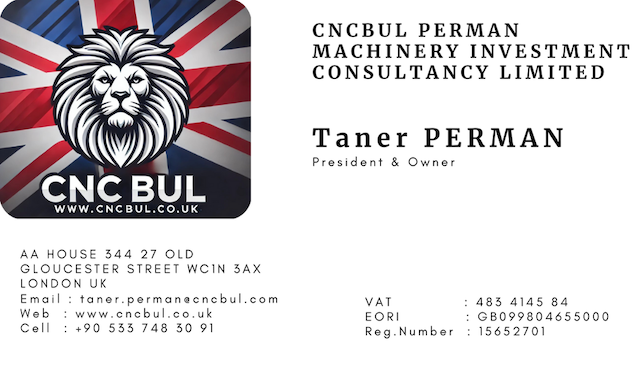15/10/2024
What is Wheel Rim Polishing Machine?
A wheel rim polishing machine is a specialized piece of equipment used to polish and finish the surface of automotive or motorcycle wheel rims. These machines are designed to enhance the appearance of wheel rims by providing a smooth, shiny, and high-quality finish, removing imperfections, scratches, oxidation, and other surface irregularities. Wheel rim polishing machines are commonly used by manufacturers, repair shops, and detailing services to restore or improve the look of rims.
Key Features and Functionality:
- Polishing Process:
- Abrasive Polishing: The machine uses various abrasives (such as polishing compounds, sanding belts, or grinding wheels) to remove layers from the surface of the rim, including dirt, scratches, and oxidation. This creates a smooth and uniform surface.
- Buffing: After the abrasive process, the rims are buffed using softer pads and compounds to give them a mirror-like, shiny finish.
- Types of Wheel Rim Polishing Machines:
- Manual Polishing Machines: These machines require an operator to manually control the polishing process. The rim is mounted on the machine, and the operator applies pressure and controls the polishing medium.
- Automatic Polishing Machines: Fully automated machines can handle the polishing process from start to finish. The rim is loaded into the machine, which polishes the surface according to pre-programmed settings.
- CNC Wheel Polishing Machines: These machines use CNC (Computer Numerical Control) technology to precisely polish rims. CNC machines are often used in high-end wheel production due to their accuracy and ability to follow complex contours.
- Key Components:
- Rotary Table: The rim is usually placed on a rotating platform or table, which allows the machine to polish the surface evenly as it spins.
- Polishing Heads: These machines feature polishing heads with different abrasives or buffing pads to provide the desired finish. These heads apply pressure to the rim surface as it rotates.
- Speed Controls: The polishing speed can often be adjusted to match the material type (e.g., aluminum, steel) and the desired level of shine.
- Dust Collection System: Some machines are equipped with dust collectors to capture debris, metal shavings, and polishing compounds during the process, keeping the workspace clean.
- Materials Polished:
- Wheel rim polishing machines are primarily used to polish aluminum rims but can also be adapted to work on chrome and steel wheels. Different polishing compounds and abrasives are used depending on the material.
- Types of Finishes:
- Mirror Finish: A high-gloss, reflective finish that makes the rim look new.
- Matte Finish: A less shiny but smooth finish, often preferred for certain designs.
- Satin Finish: A finish that sits between matte and glossy, offering a sleek, semi-shiny appearance.
- Applications:
- Restoration: Polishing machines are widely used to restore old or damaged wheel rims by removing rust, scratches, and curb damage.
- Customization: Car enthusiasts and detailing shops use these machines to give rims a custom, polished look.
- Manufacturing: Rim manufacturers use polishing machines to achieve high-quality finishes before selling the product.
- Advantages:
- Improved Appearance: Polishing makes the wheels look more attractive and can significantly enhance the overall look of a vehicle.
- Corrosion Protection: The polishing process helps to remove contaminants and oxidation that could lead to corrosion.
- Higher Resale Value: Polished wheels can increase the resale value of a vehicle as they improve the aesthetic appeal.
How the Machine Works:
- Step 1: The wheel rim is secured onto the machine’s rotating platform.
- Step 2: The operator or the automated system activates the machine, and the polishing heads or abrasives are brought into contact with the rim’s surface.
- Step 3: The rim rotates while the abrasives smooth out the surface, gradually moving from coarse to fine abrasives for a smooth finish.
- Step 4: After polishing, the rim is often buffed using softer compounds to give it a high-gloss finish.
- Step 5: Once complete, the rim is cleaned and inspected for quality.
Common Use Cases:
- Automotive repair shops: To restore or refurbish old or damaged rims.
- Detailing services: For customers who want their vehicle’s wheels to look polished and brand new.
- Manufacturing: Wheel manufacturers polish rims as part of the finishing process before they are sent to market.


